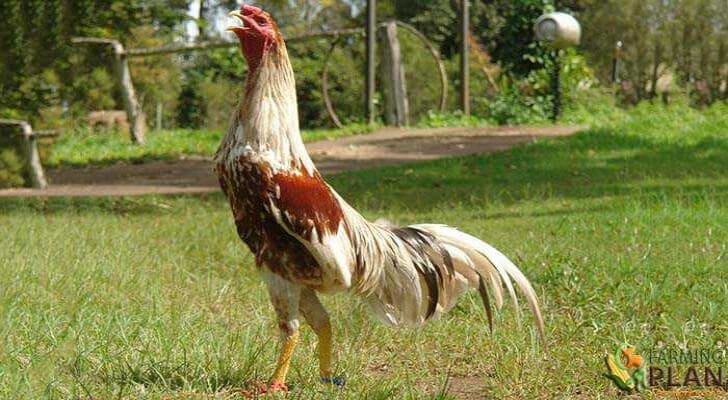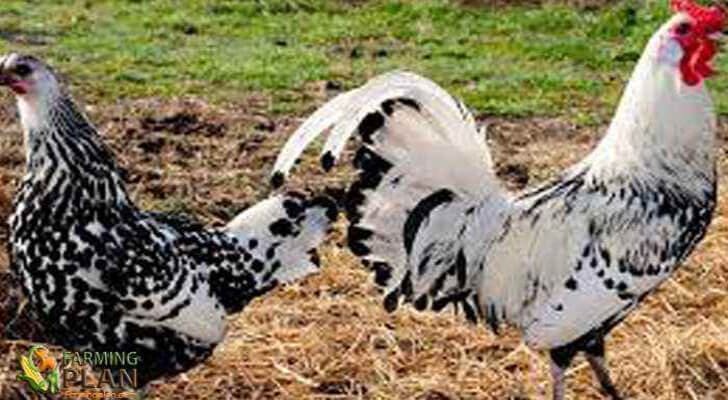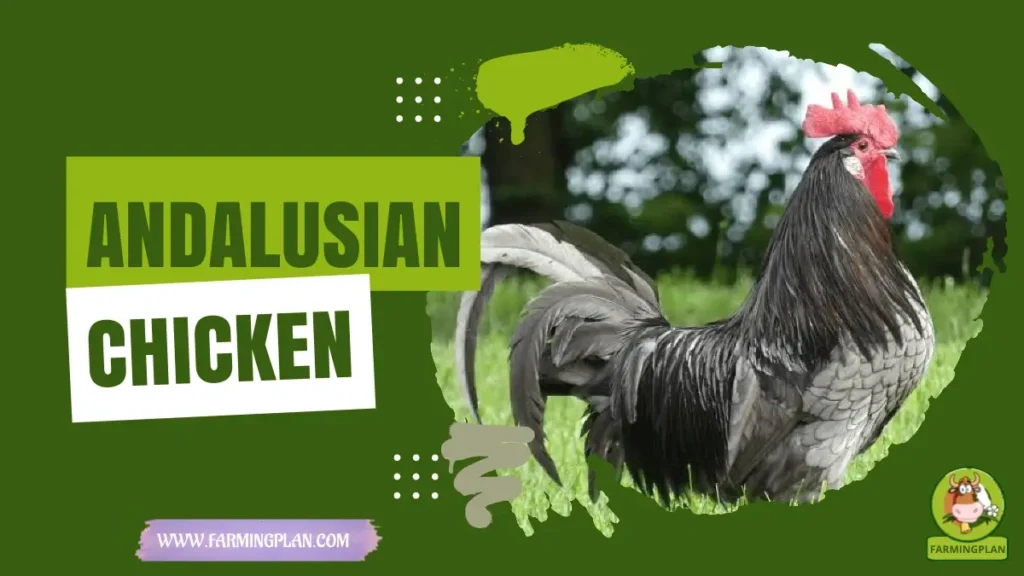Shamo Chicken is a breed originating in Siam (today Thailand) during the seventeenth century. Descended from the lineage of the Malays and the origin of the name “Shamo” or “Shamu” is very old in Siam because it is thought that it comes from the word Siamo. From Siam, taken by the Japanese conquerors to Japan. Many races have been derived from the original copies. This breed is very similar to the Malays at first sight.
They present several differences, like the triple crest, the opening of the wings, the tip of the keel, the fall of the tail, the structure of the skull, etc. Rooster with kicks of great power that hit the opponent in the neck and head area. A good blow can throw the opponent several meters. They are not very fast but for those who seek power in the legs and size. In the first half of the 20th century, Japan imported this species to Europe.

In the second half of the 20th century many times, it was again imported, also from Taiwan and Thailand for today’s tourism with its distant goals of Asia.
Characteristics of Shamo Chicken
Shamo Chicken is a large bird, without the apparent ridge, is very muscular. Aggressive and cruel look. They measure between 60 to 80 centimeters in height. It has an aggressive right fighter character stagnated with the great temperament, barely intricate so that places of bare skin are visible. Shamo chicken has a clear eye color, the others for the fight have the color of Iris very red.
The Shamos signal is its typical position for the race that exists of the straight neck length and the flat back as well as the tail at an equal angle. Agile fighting behavior, this breed is bred for stamina fighting and for sports fighting. At the age of 12 to 16 months, Shamos are ready for the fight, you can also see it in the red coloration that was white before. You may also like to read Frizzle Chicken.
The male weighs between 3 to 4 kg. While the females weigh around 2.5 to 3 Kg. The egg weight is between 45g to 65g. It is not necessary to breed heavy or gigantic shams because they would be too coarse and too slow for cockfighting. For its part, it has a very long and arched neck; the cloak is short and scanty; it should not touch the shoulders. At the nape of the neck, the neck is very curved.
It also has a very wide trunk; the line of the back, slightly convex. With prominent backs and carried tall shaking in the shape of an egg back. It has an almost vertical shape covered with a hard plumage, little abundant; you can see red skin in certain areas. It has a wide back, long and slightly domed. Careless are short and sparse. While the chest is wide and not very round so that the neck, chest, and thighs form a line almost straight and continuous.
The skin of the sternum is visible, as in the Malay and the Asil. In addition, the abdomen is poorly developed. The tail is narrow, always inclined downwards. Almost an extension of the back. The feathers are long; The sickles have few curves and, like the wheelhouses, sometimes very long. In the Shamo chicken, the colors are not well fixed. We find it in the same variety of colors as in the Malay Combatant. The type gives more importance. You may also like to read Dorking Chicken.
Usage
Shamo Chicken is a species that since its existence the breeders kept it as a fighting bird. In addition to that, the female of this species lays eggs, however. The rate of laying is not so high. So they reproduce it to conserve and maintain this species and sometimes reproduce it to make crosses and improve its characteristics.
Special Feature
The cocks are trained with the peaks sealed with a separator between the upper and lower beaks so that they do not bite the opponent. They learn to fight with a style or class, avoiding the offensive action of the enemy, when this is an attack between the neck and the wings. The fights are on the ground and in very close and small courts. They usually fight close to the opponent. Circling and crossing their necks, pecking.
In all regions, roosters are preparing with hydration with water inside the stomach and on their bodies. The techniques vary. One method is when the owner of the rooster introduces water into his mouth and sprinkles it on the body and under the feathers of the rooster. After the fight, the rooster is again hydrated so that the rooster recovers. These birds are very well treated and looked after by their owners. You may also like to read Turkey Breeds.
Some serious defects that this race presents are that it is insufficiently wide and high. Have a loose musculature or a horizontal back. That the shoulders are flat or that the neck is short. Another characteristic is that the tail is very lifted; that the thighs are very cover by the plumage; tight little plumage; another color of the tarsi.
FAQ
What is Shamo chicken?
Shamo chicken is a breed of Japanese poultry first created in the late 19th century. It was originally developed from chickens imported from the Chinese city of Shanghai and spread to other countries such as Thailand, the United Kingdom, and even Germany.
Where do Shamo chickens come from?
Shamo chickens are an ancient Japanese breed of chicken, first appearing in the 1800s. The Shamo is a large, muscular bird that has been bred for fighting and exhibition purposes over centuries. It is one of the oldest Asian breeds that has remained unchanged since its development.
How big do Shamo chickens get?
Shamo chickens are large, game fowls of Japanese origin. They are known for their impressive size and stature and can reach an impressive height of up to 33 inches with the males being significantly larger than the females. On average, they typically range between 21-30 inches in height while mature hens usually weigh around 7 lbs and cocks often weigh 10-15 lbs or more depending on how well they are fed and cared for.
Conclusion
We hope this guide has helped you to better understand the Shamo breed of chicken. This article is a great starting point for anyone looking to learn more about these beautiful and fascinating animals! If you liked what you read here, please share it with your friends and family on social media or email them the link so they can enjoy reading too. Good luck in raising your own flock of Shamo chickens!
As a reference: Wikipedia


